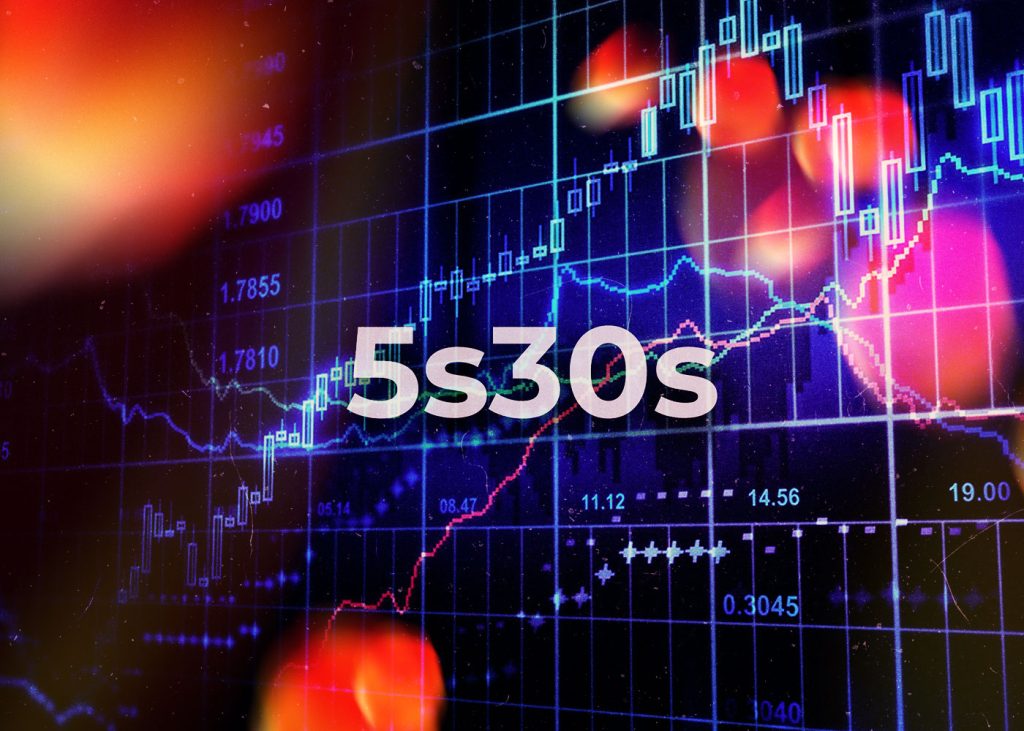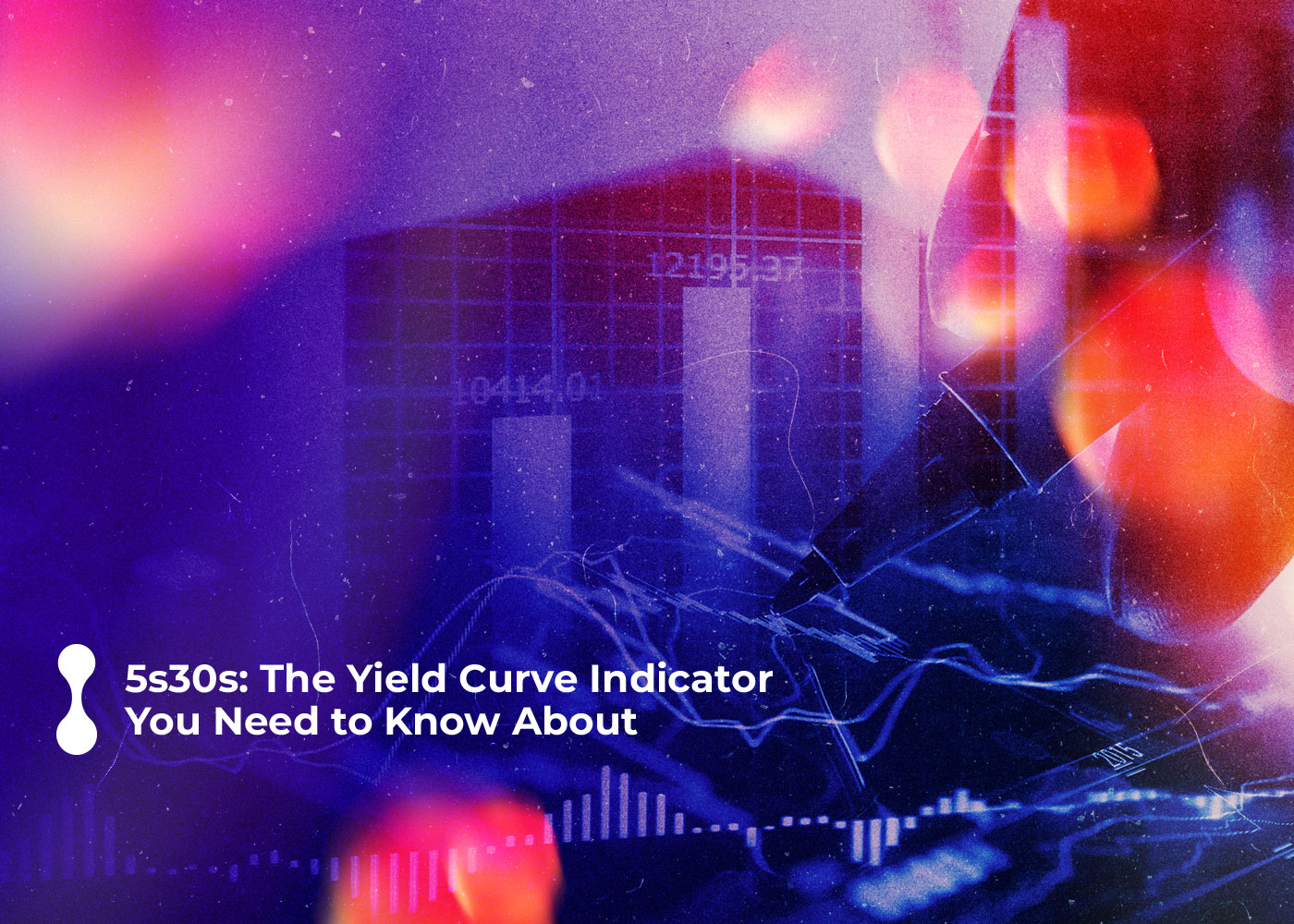When investing, it is of the utmost importance to have the right helpers. In this regard, understanding the 5s30s yield curve and its role in your investment strategy is undoubtedly vital to ensuring the right gains. But what is 5s30s? How to use it? Let’s take a look at these questions.
The 5s30s yield curve is an important financial market indicator that provides insight into the health of the economy and enables investors to make informed decisions. Overall, we aim to take a look at the 5s30s yield curve, its value and how you can incorporate it into your investment strategy.
What Is The 5s30s Yield Curve?
The 5s30s yield curve represents the difference between the yields on 5-year and 30-year US Treasury bonds. The difference between these yields – the yield on 5-year Treasuries minus the yield on 30-year Treasuries – is an indicator of market expectations for future economic growth and inflation.
A larger spread between the yields on five-year and 30-year Treasuries generally indicates strong economic growth and high inflation. At the same time, a smaller or negative spread may indicate an economic slowdown or recession.

Predictive Power of the 5s30s Yield Curve
Historically, the 5s30s yield curve has been a reliable indicator of economic cycles, recessions and market downturns. An inverted yield curve, meaning that the yield on the 5-year Treasury bond is higher than the yield on the 30-year Treasury bond, usually precedes a recession. This inversion means that investors are more concerned with the short-term than the long-term economic outlook.
In addition, the yield curve can help predict changes in interest rates. A steepening yield curve, i.e. a widening of the spread between 5-year and 30-year Treasury yields, usually indicates that the market expects interest rates to rise in the future.
You Can Incorporate the 5s30s Yield Curve into Your Investment Strategy
The 5s30s yield curve can guide investment decisions depending on the stage of the cycle. When the yield curve steepens, investors should focus on assets that perform well in a rising interest rate environment, such as the financial sector.
On the other hand, a flat or inverted yield curve can point to assets that outperform in a recessionary environment, such as defensive stocks or bonds.
It is important to recognize the potential risks and limitations of using the yield curve as an investment indicator. The yield curve cannot always accurately predict economic cycles and false signals may occur. Therefore, investors should consider other economic indicators and their risk tolerance when making investment decisions.
What Are The Additional Yield Curve Indicators?
While the 5s30s yield curve is important, other yield curve indicators should also be considered. The 2s10s yield curve, which compares the spread between 2 and 10-year Treasury yields, is another popular and closely watched yield curve indicator.
The 5s30s yield curve is a valuable financial market indicator that provides insight into the state of the economy and helps investors make informed decisions. Investors can take into account which stage of the yield curve cycle they are in and shape their investment strategy accordingly. However, it is important to keep in mind the limitations of the yield curve and consider personal risk tolerance as well as other economic indicators when making investment decisions.
